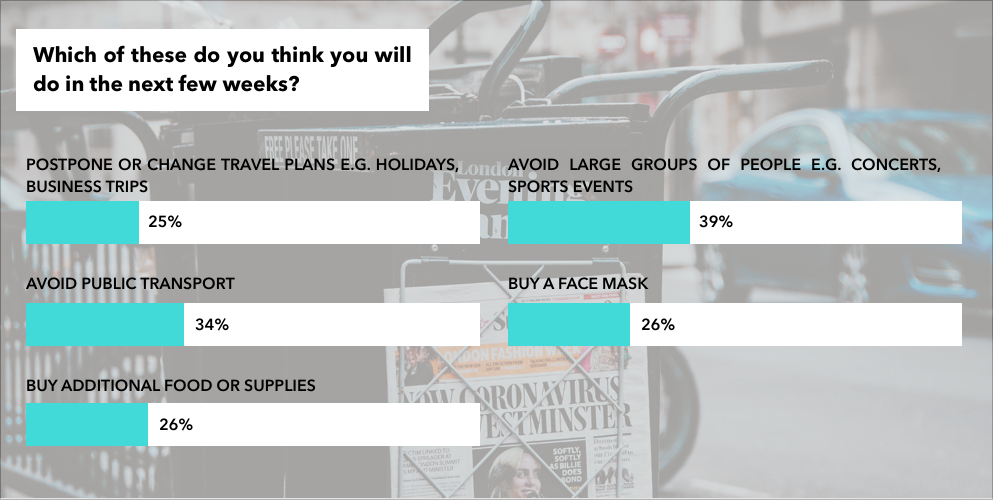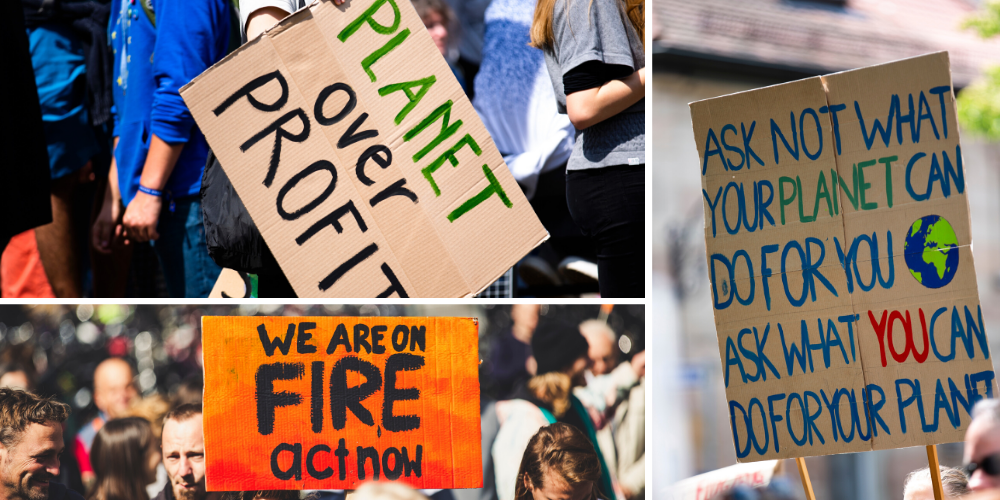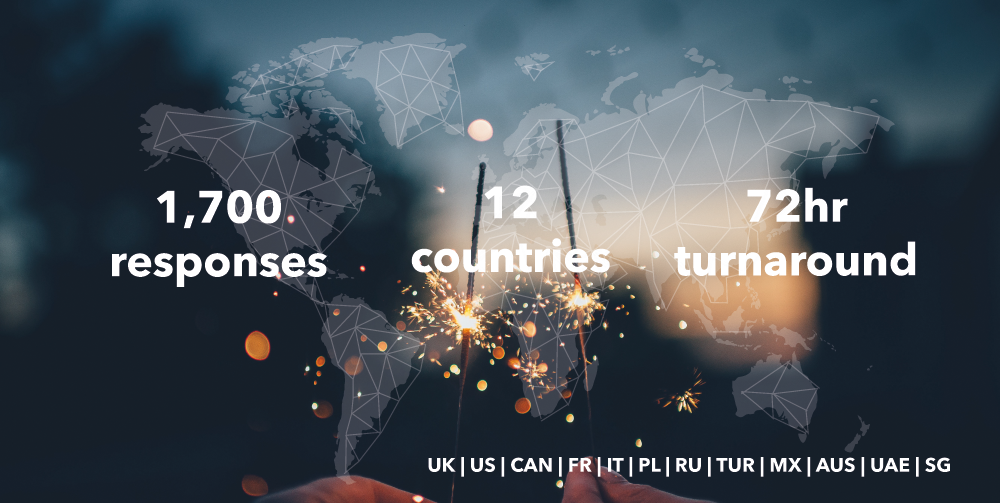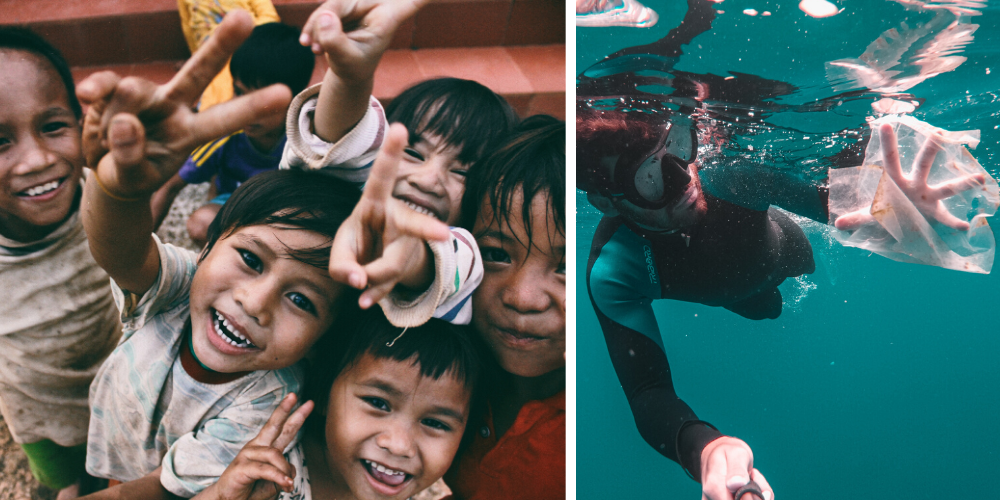
Our Covid-19 Tracker charts the changing daily attitudes and behaviours of 1000s of global consumers – capturing real customer voice and forecasting future consumer trends.

Mental Health
• Fear and sadness occupy the minds of our community – with average anxiety levels at 70%.
• Negativity dominates feelings – with an average 72% of anecdotal responses reporting negative sentiment towards the virus.
• Concerns about catching the virus or a family member being infected are top of the mind – followed by financial worries.

Shopping
• The growth of online shopping continues. For UK shoppers, this is comparatively low due to large wait times across online services. For markets such as Brazil and Canada these numbers are much higher.
• Our communities are also stockpiling more and exploring new brands due to the lack of availability of their staple items.
• Buying essentials, canned goods and long-life food is also on the rise.

‘New Normal’
• Leveraging technology (video calls, PC, online streaming) has been on the rise across the majority of our communities.
• Other, more traditional activities, such as reading, crafting and cooking are also on the rise.
• Covid-19 brings significant learnings, with many members of our community planning to change their focus when the coronavirus pandemic is over (e.g. more time with family, exploring more new brands, appreciating the little things in life more).

Social Distancing and Isolation
• Social distancing and staying at home also bring positives to day-to-day lives. Over 80% of people in the across our communities find it relatively easy.
• We have also observed a number of positives – with spending more time with family being the top of the list.
• Nevertheless, some people feel trapped and miss contact with other friends and family members.




























